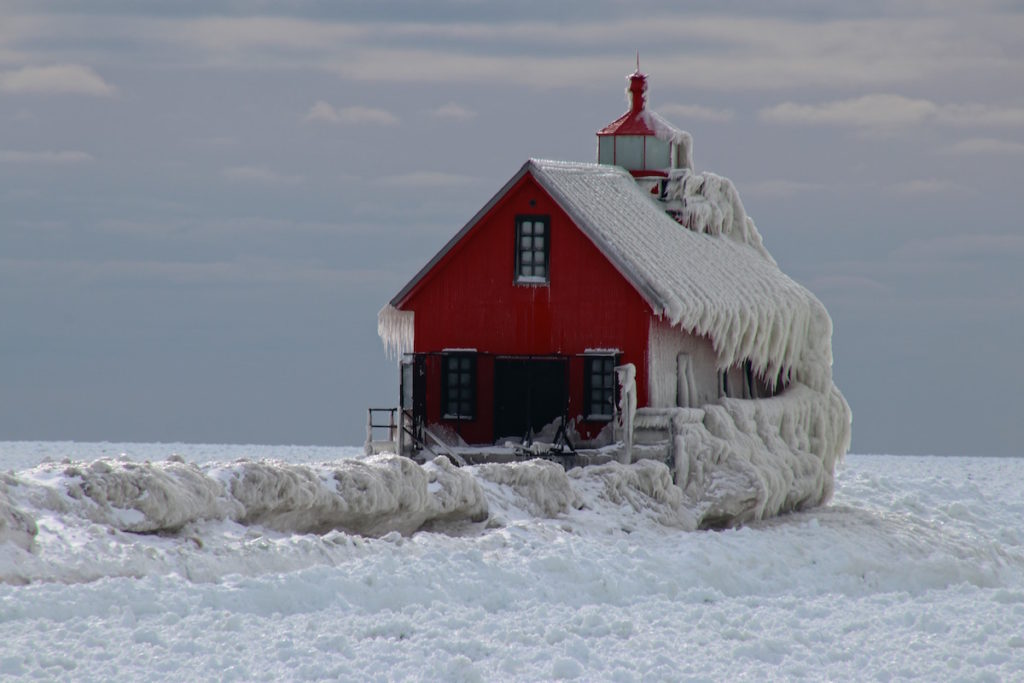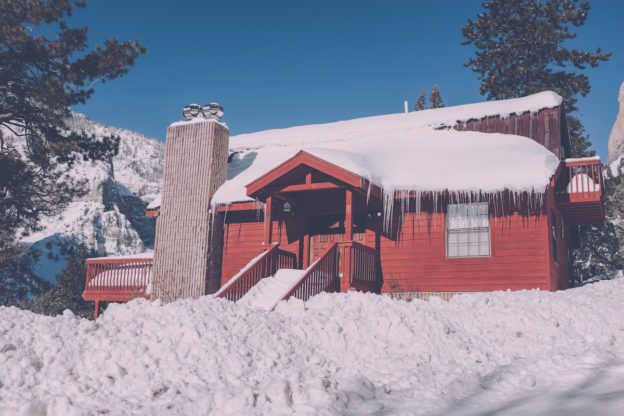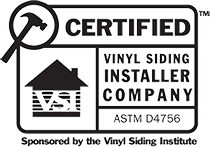If you live somewhere that suffers particularly cold winters, you might be used to seeing ice dams in the local area. You should know that if you see this appear on your roof, you need to get rid of them as quickly as possible.
Ice can cause severe damage to your roof, even if it has been built for cold-weather climates. If you live somewhere that doesn’t normally get this sort of weather, you need to get rid of them even more quickly as your roof might not be as strong as it could be.
Ice dams are risky to your roof because they put a lot of additional weight on the structure. This can cause problems with your roof. Ice can also cause leaks and will obviously lead to a lot of liquid when the ice melts. Ice is particularly problematic on flat roofs but it’s also a problem on all common pitched roofs in cold locations.
How to get rid of ice dams fast
If you’ve got issues with ice and want to know what to do about it, you’re in the right place. In this article, we’re going to look at some of the best ways on how to get rid of ice dams fast on your roof so that you can preserve the integrity of your roof and get back to normal.
Not only that, we’ll also have a look at some long-term solutions as well as preventative measures to stop it happening again.
Why do ice dams form? 
Ice dams form in cold weather (below freezing), as you can probably imagine, but they’re mainly the result of snow that’s melted and then refrozen. A lot of the time, they form because of poor ventilation.
Ventilation from a warm roof can make snow melt and cause droplets, which then refreeze as they fall off the roof overhang and have moved away from the warmth of the roof. This refreezing creates a barrier that stops any more water running down the roof and the ice continues to build up.
How to get rid of ice on roofs immediately
While this sort of ice build-up needs longer-term care like making sure ventilation is fixed (which we’ll look at shortly), you probably want to know how to get rid of recently formed ice straight away, to prevent further damage to your roof. Let’s have a look…
- One of the most obvious choices is with a hatchet or ice pick. Simply pick away at the ice and remove it steadily and carefully. You could also use a crowbar for this. Make sure you don’t chip away any parts of your roof, and be careful. Climbing up on your roof is dangerous at the best of times, but especially in icy weather. So be extremely careful, make sure you’ve got the right safety equipment and know what you’re doing.
- Another option is to use a chemical de-icer. This is similar to the sort you get for cars. They can contain a range of different chemicals, but their job is to slowly melt the ice with a chemical reaction. Again, be careful when getting up onto your roof and applying the de-icer. Some de-icers might be able to be applied from distance without actually getting onto your roof, so these might be a good option. Another way to get de-icer on your roof without getting up on the roof is by filling net bags and throwing them up there. This might not provide the whole coverage and isn’t the best solution, but it could work with smaller amounts of ice.
- A cheaper (and easier to apply) option could be using a hose to spray warm water. This can melt the ice, just make sure the water is hot enough to not cool down and form ice itself, as this could make the problem even worse.
- The best option might be to hire a professional firm to come in and take care of your ice problems, The right roofing companies will have experience doing this safely, so you can sit back and relax while they take care of it.
How to prevent ice in the long-term
Now that you’ve actually removed the initial ice, you might want to make sure this doesn’t happen again so you don’t have to keep doing it. Waiting for the ice to form before removal isn’t a great idea, as you’ll be risking ice forming that’s too hard to remove or ultimately roof damage occurring from the weight of the ice.
To prevent ice forming before it happens, there are a few things you need to look at. Firstly, this sort of ice is formed from melted snow, so the first step is to make sure snow doesn’t form or stay around on your roof. In some areas with a lot of snow, this might require a steeper pitch.
Reroofing can be expensive, so there are a few other things you can do first. Try removing snow quickly as soon as it falls. Remove anything on the roof that might be stopping the snow falling off easily. Dislodge large clumps of snow before it has a chance to cause damage to your roof by turning to snow.
Ice dams like this are normally the result of poor ventilation. That’s because the snow melts from roof heat and then re-freezes as it falls away from the heat. The solution to this is better ventilation.
You could have a system whereby the outside of the roof doesn’t get warm enough to melt the snow. However, this isn’t really the best option since heated roofs are one of the best ways of clearing both snow and ice.
A better idea is to have enough warmth that the snow doesn’t refreeze as it moves away from your roof. Heated cables around the edges of your roof would mean that the melted snow would simply fall off the roof as water rather than refreezing. That’s one of the best long-term options for keeping your roof clear of ice and preventing long term damage,












